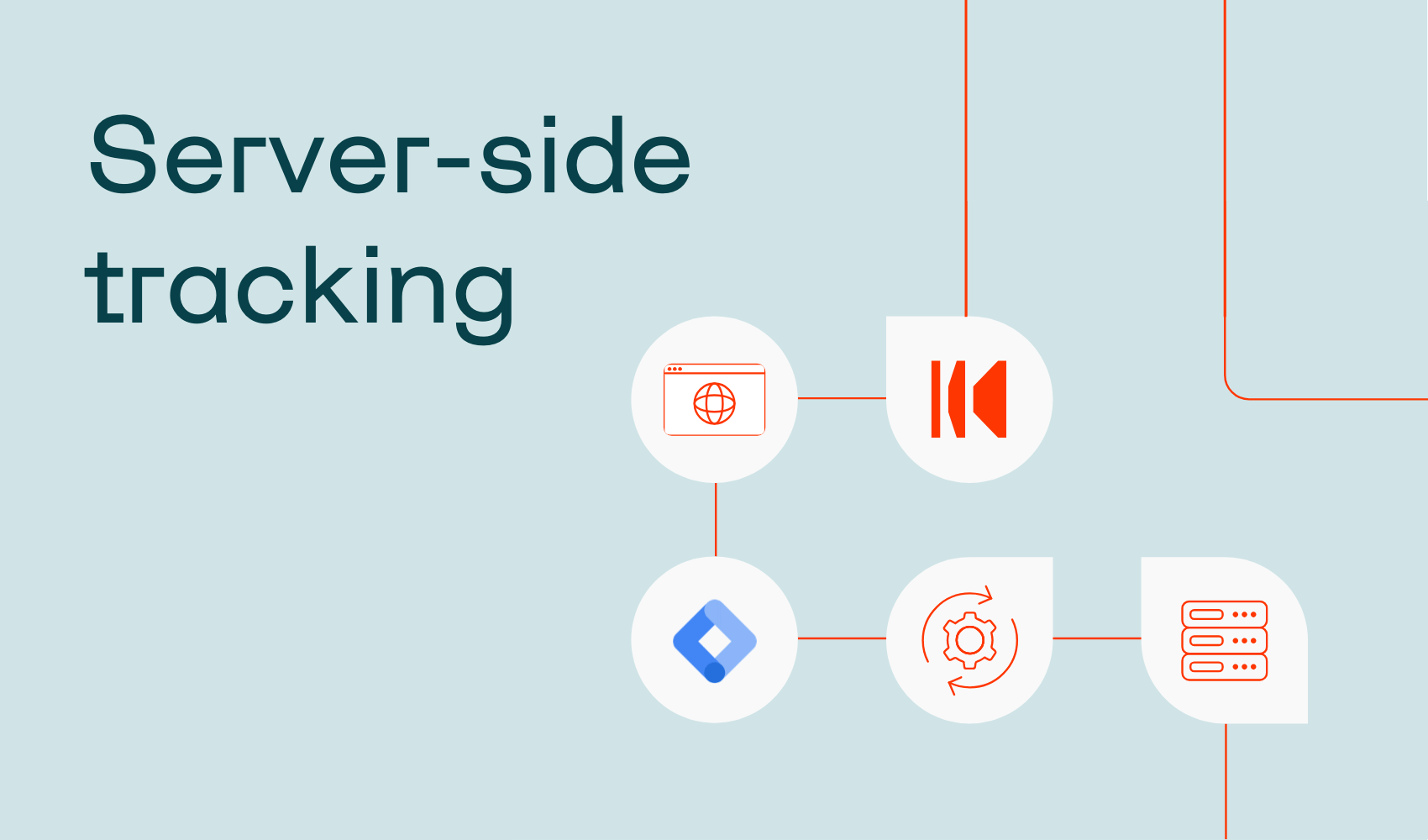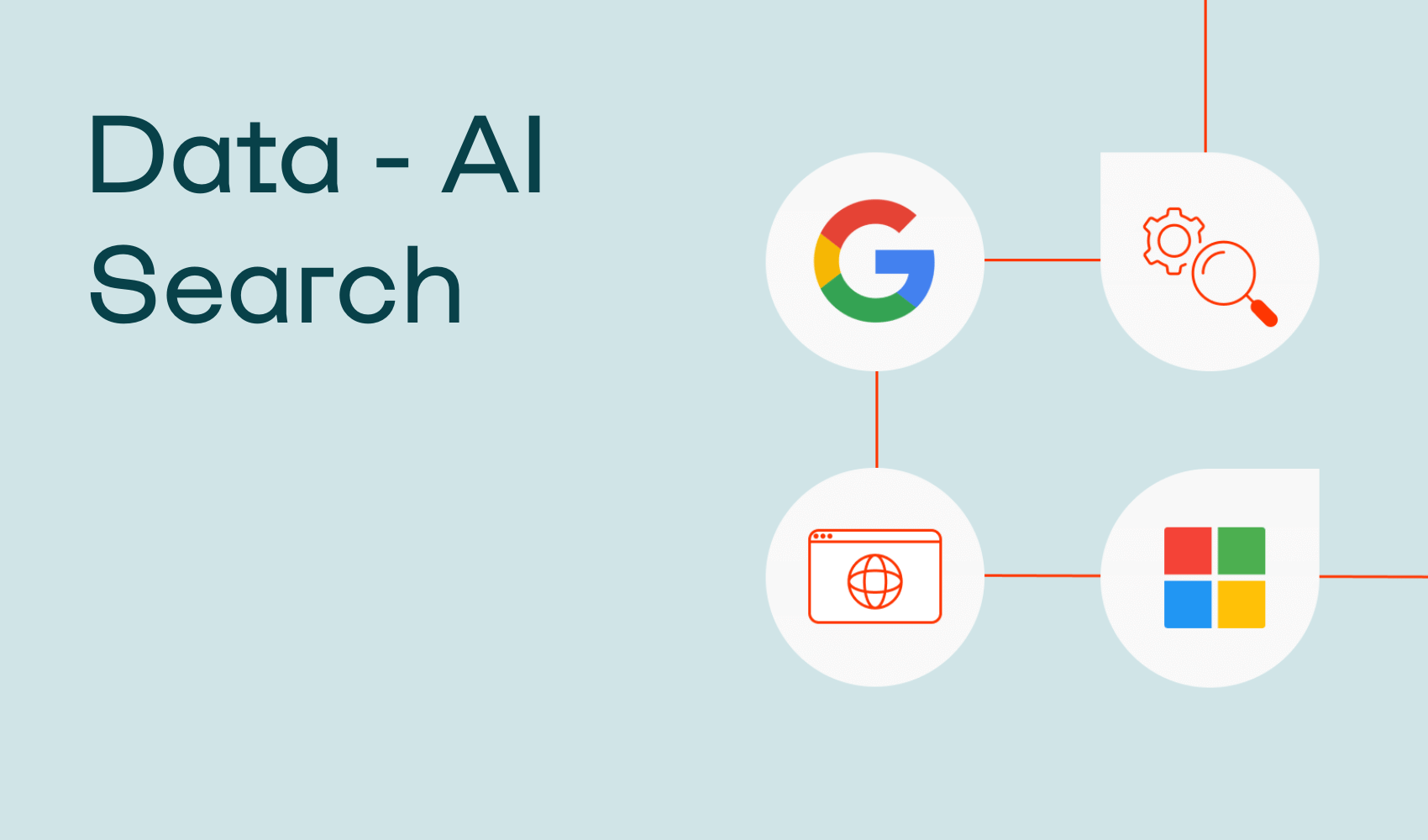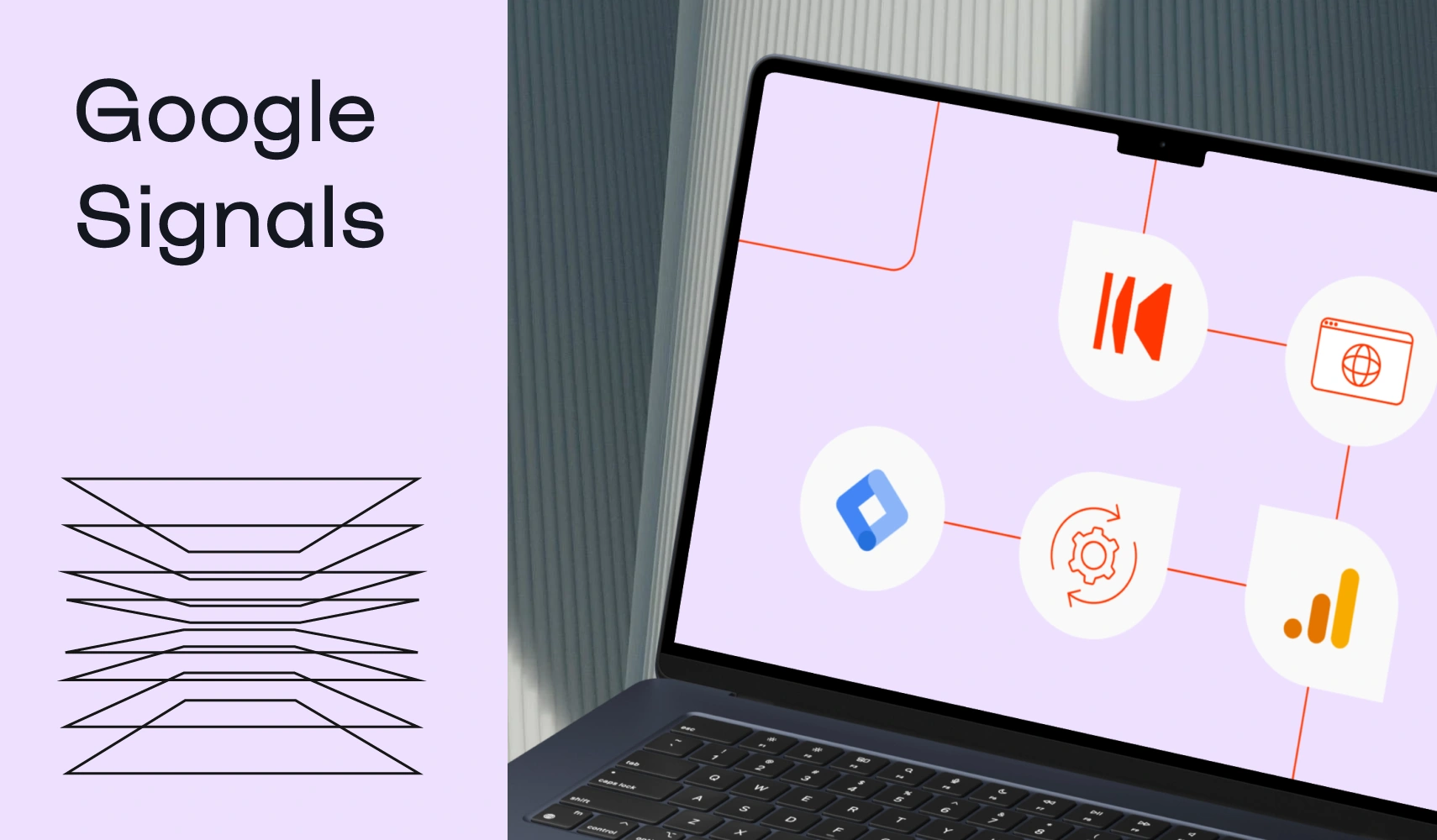Take control of your data and improve data quality in Google Analytics, Meta Ads and Google Ads.
Introduction
For anyone working with digital marketing, it is important to know how visitors use a website, so that you can further develop and improve the experience.
Today, Google Tag Manager is an indispensable tool for following user behavior and for implementing new tracking functions on your website. But did you know that you can do a lot more with Google Tag Manager?
Have you heard of server side tracking? If not, it is a further development of the traditional tracking methods used with the "regular" Google Tag Manager client.
In this blog post I will explain what server side tracking is, how it works and what benefits it can provide.
What is server side tracking?
First of all, what is server-side tracking? As mentioned, server-side tracking sends user data to your server first before transferring it to the tracking platform's server. This means that all user data is managed on your own or rented server, rather than on a third-party platform. This gives users more control over data and minimizes the risk of data breaches.
Marketers have long been able to analyze user behavior with the help of third-party cookies found in the user's web browser such as Google Chrome. This has made it possible to reach users with advertisements based on their online interests, purchase intentions and also to be able to follow the user's behavior between different devices and platforms in the customer journey. It has also been possible to measure the effect of the advertisements by identifying which cookies the user had in their client upon a completed purchase.
Growing privacy concerns among consumers, use of adblockers, stricter regulatory laws and browser restrictions have made all of this more difficult.
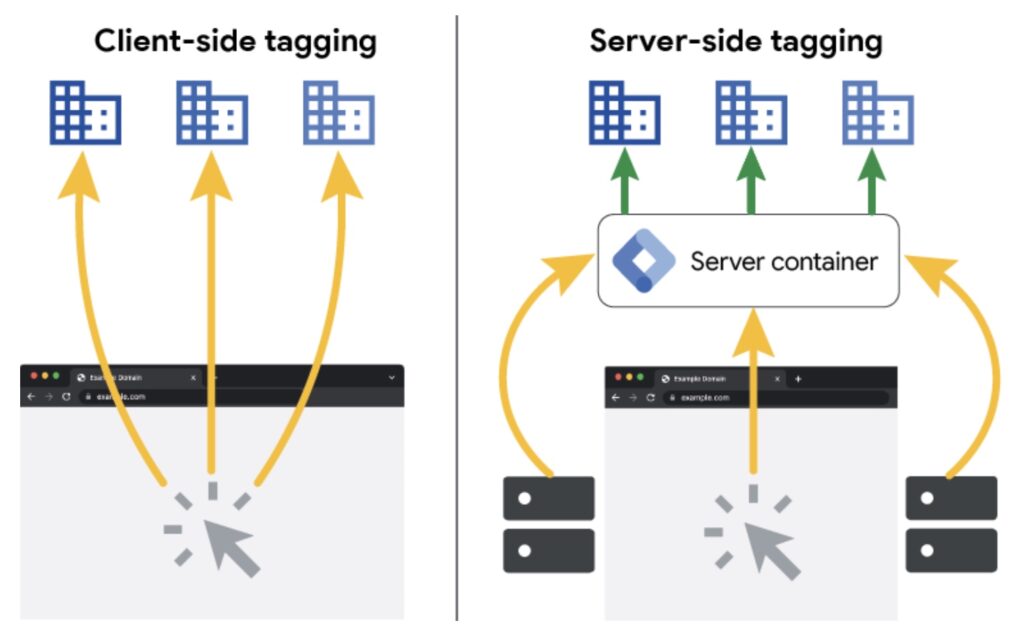
This image shows how the user's activity in the browser is first captured by the Google Tag Manager server-side container, which then forwards the data to selected clients.
Advantages of server-side tracking
There are several advantages to using this tracking technology.
- Improved performance: Firstly, the amount of javascript code on the web page is reduced, which means that the browser does not have to load such heavy scripts. This can affect page loading speed and in turn provide a better user experience. The user experience is a key factor in the well-being of all digital marketing and not least when it comes to SEO.
- Improved data quality: Server-side tracking improves data quality by collecting it as first-party data, making it less likely to be affected by tracking blockers. One simply bypasses restrictions found in the browser by using a subdomain that masks the tracking script.
- Improved conversion tracking: Improved measurement of ad performance gives you a clearer picture of what your investments are returning.
By sending more data about conversions to the ad tools - the campaigns also get more information and data about conversions, which improves machine learning and in turn the performance of the ads. read more about conversion tracking. - Increased lifespan of cookies: Normally, cookies disappear from the browser between 1-7 days when using standard tracking technology. With server-side tracking, you can increase the lifetime of cookies and can thus follow a user's behavior further along the customer journey. This is especially good for companies that have long customer journeys and can help you understand which important touch points you need to work with.
- Improved data privacy: With server-side tracking, you can control which data is sent to various third-party programs. This helps protect personal data and ensures compliance with privacy laws.
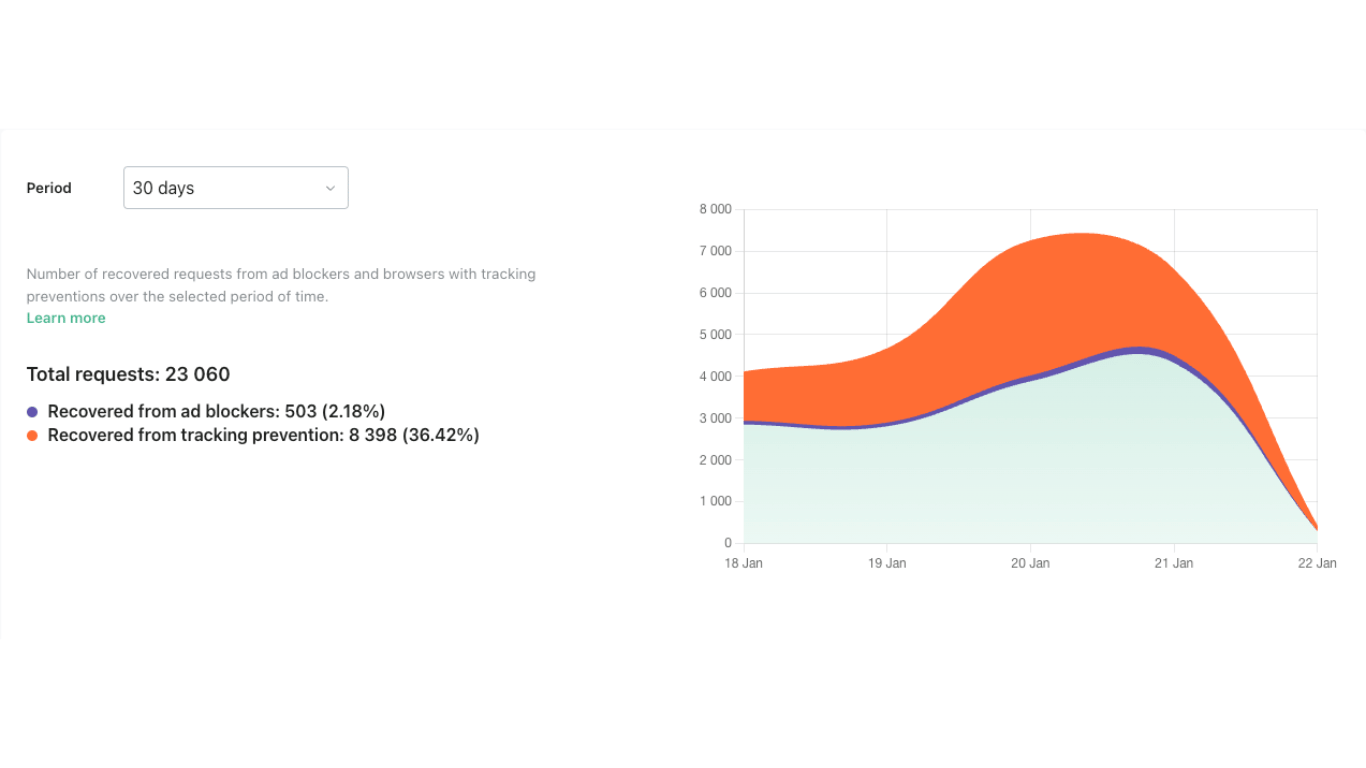
Conclusion
Server-side tracking is a must-have method for marketers who want to take the lead in their industry. Through server-side tracking, you get important data and insight into customer behavior and interaction with the website. This gives marketers a strong and well-rounded foundation for their marketing campaigns and growth. By getting better data quality, you can gain deeper insight into your customers' behavior, your investments, and this has a direct impact on the results of digital marketing.
read more about Server-side tracking
